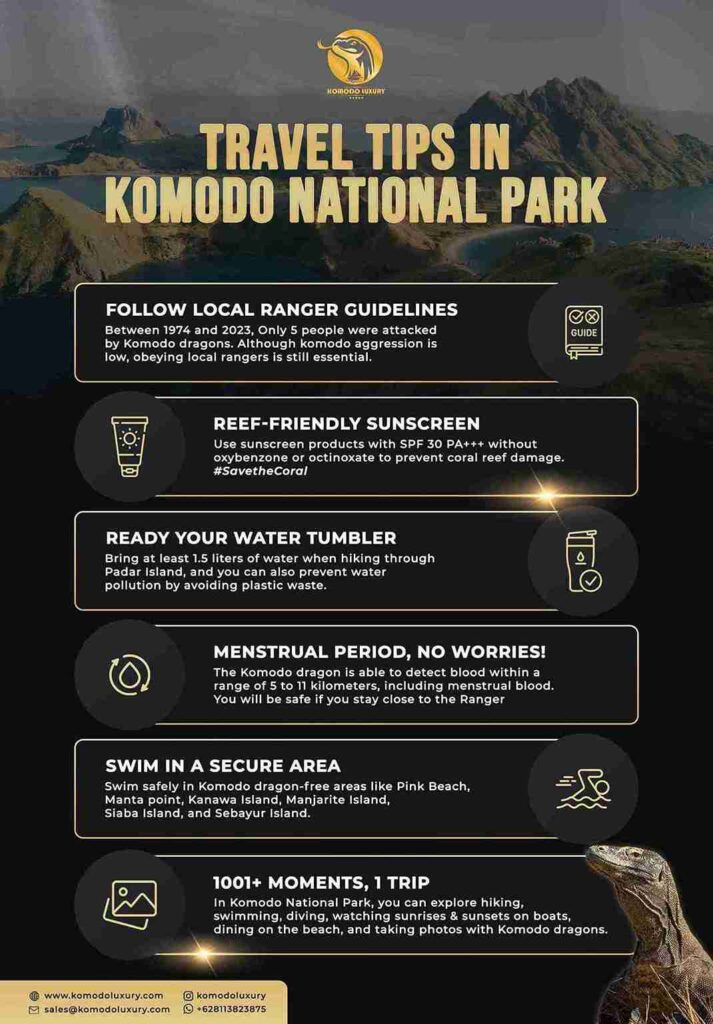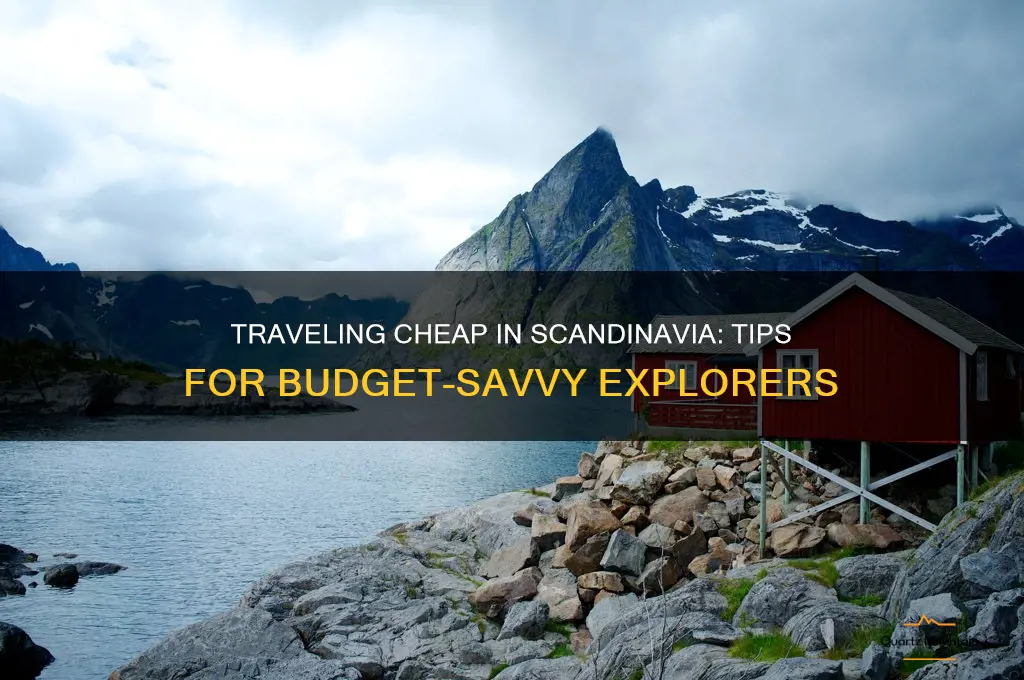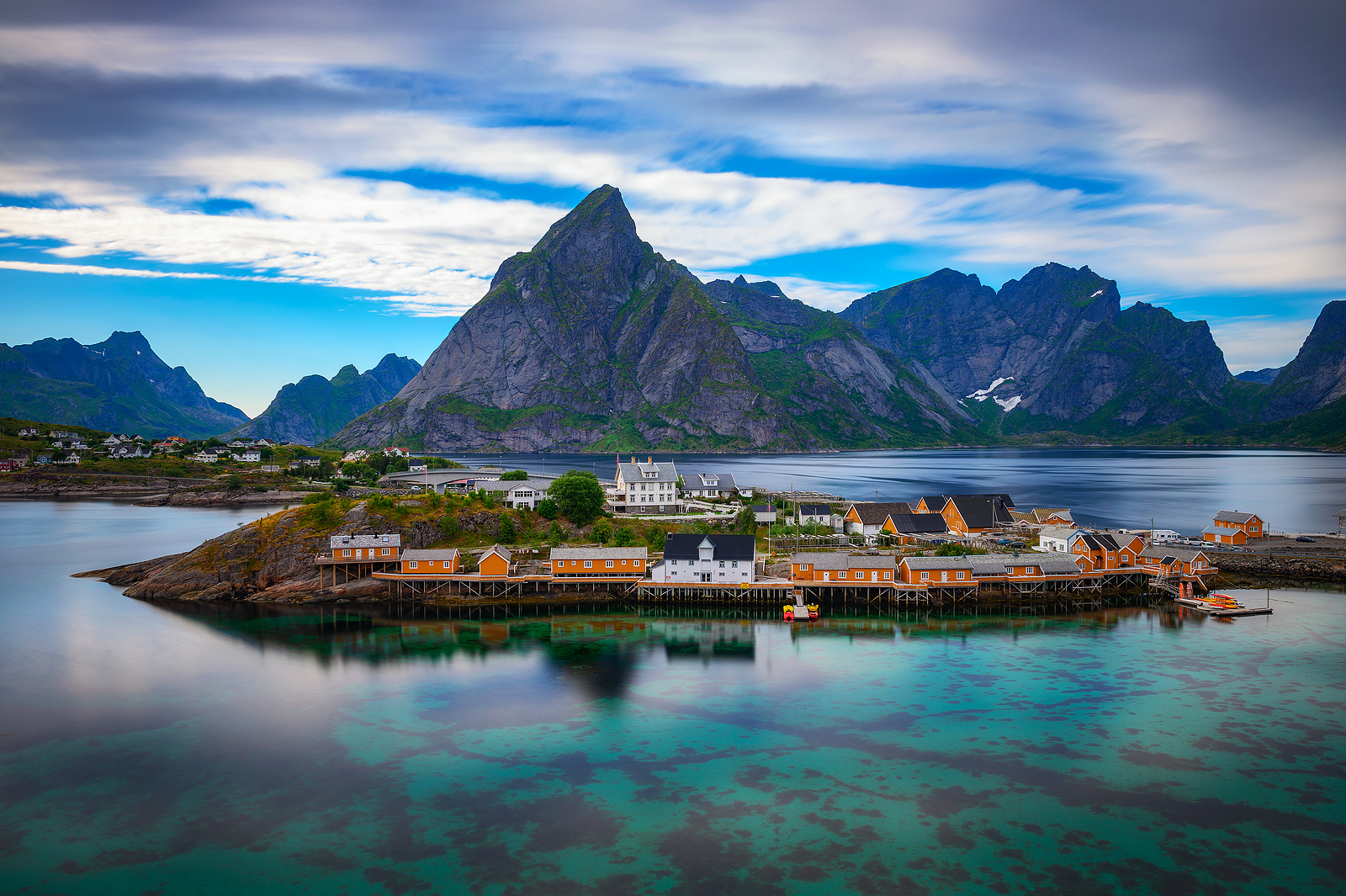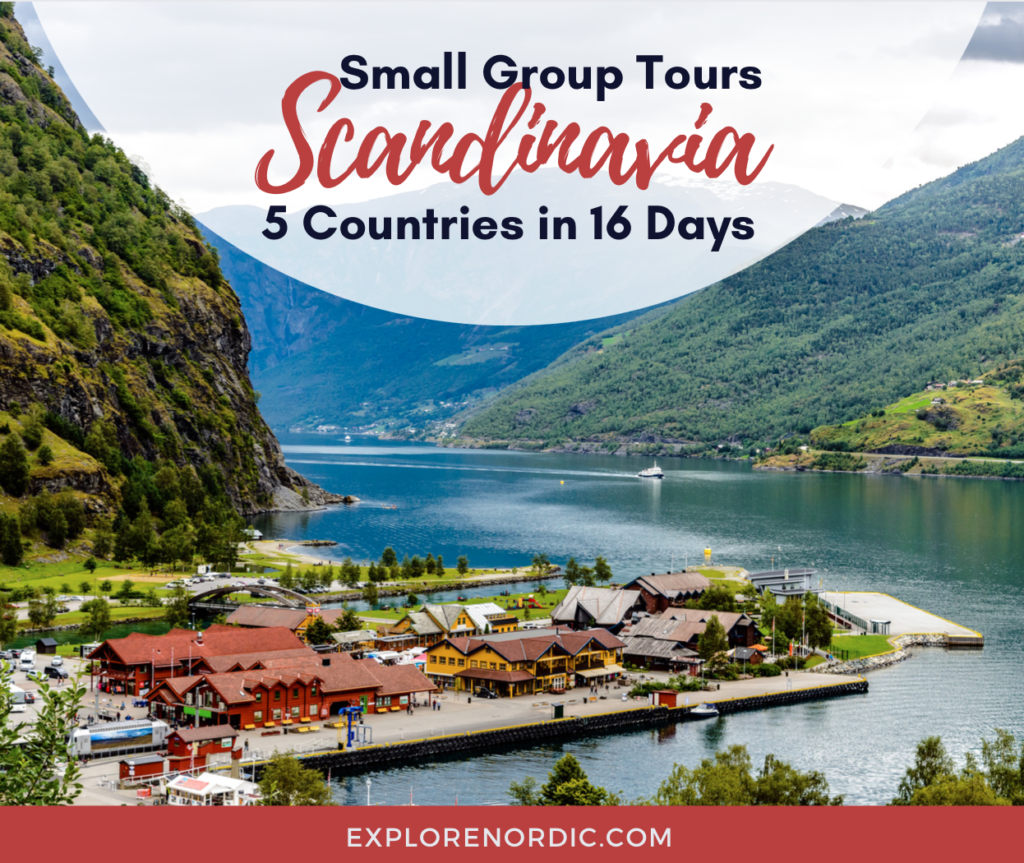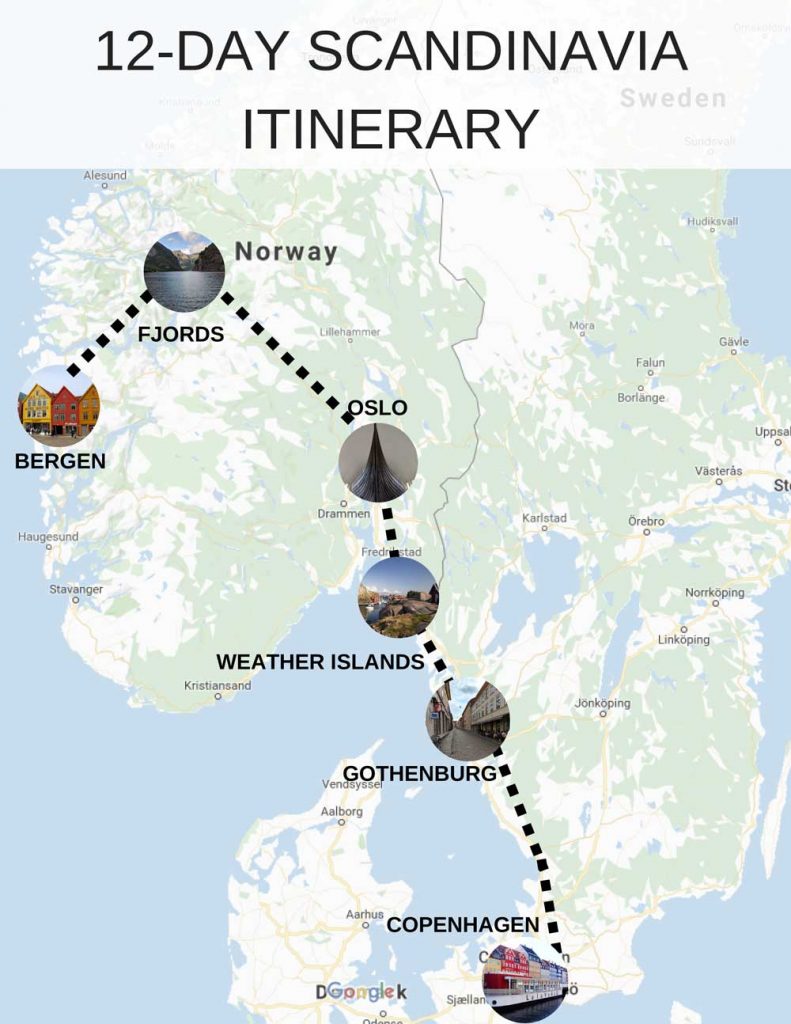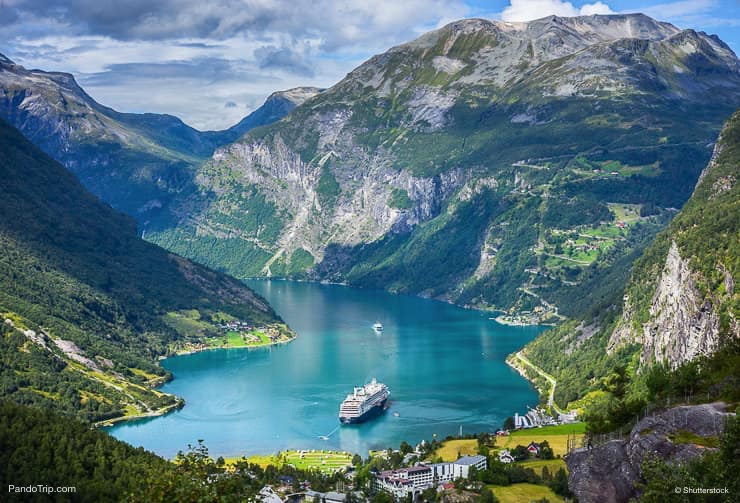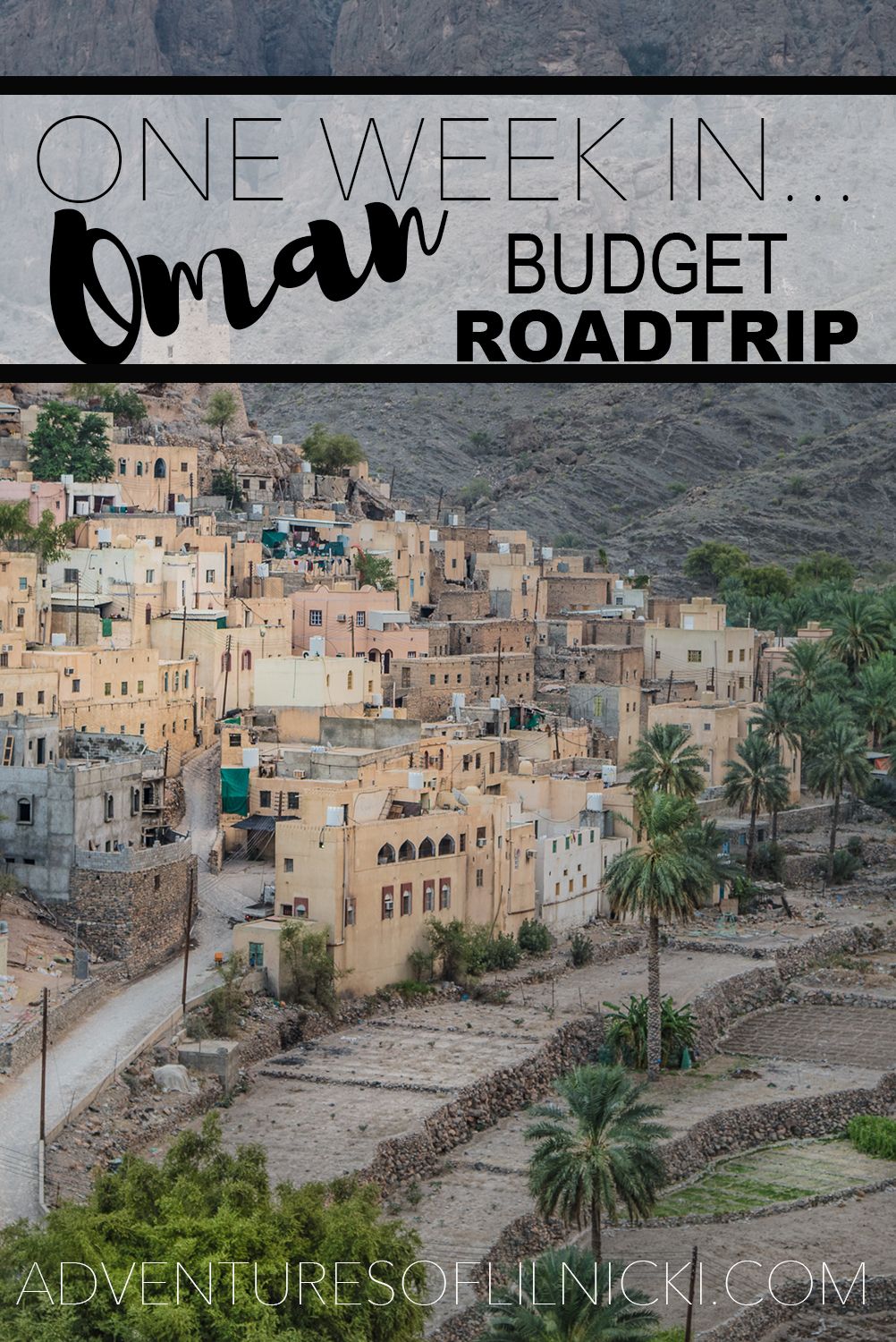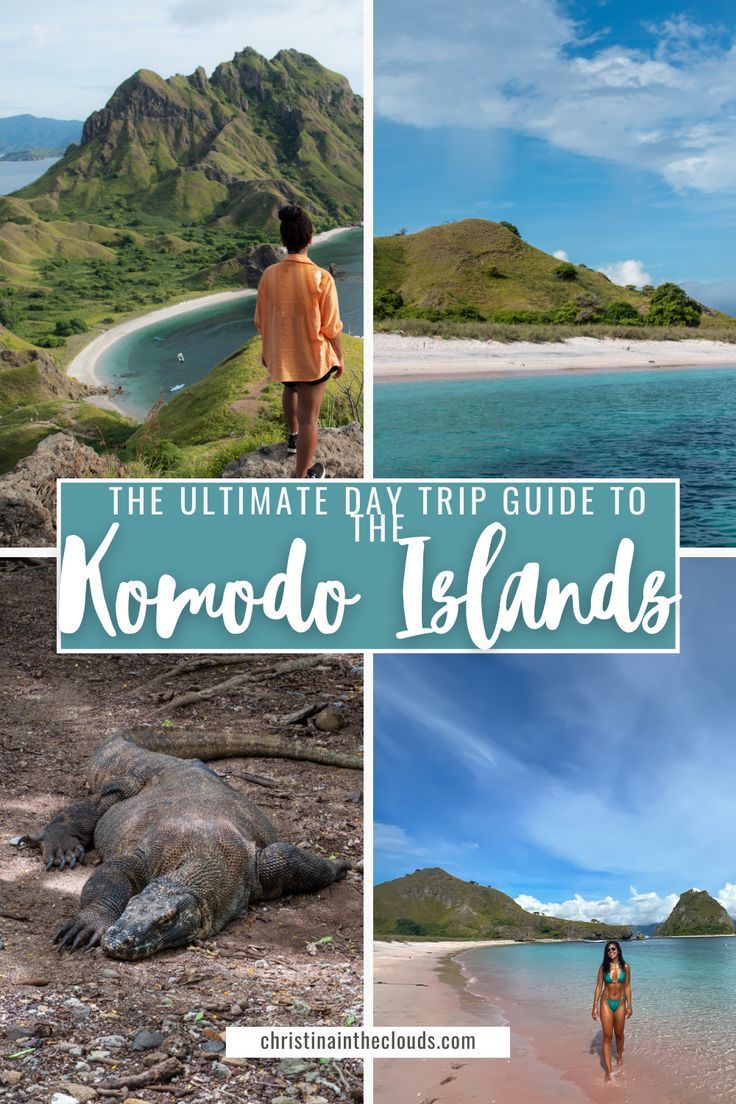
Komodo National Park, a UNESCO World Heritage Site, is a place where prehistoric giants still roam, vibrant coral gardens teem with life, and dramatic landscapes carve themselves into your memory. Nestled in the heart of Indonesia’s Lesser Sunda Islands, this extraordinary archipelago is more than just a destination; it’s an expedition into a wild and untamed realm. For intrepid travelers seeking an unforgettable adventure, understanding the nuances of visiting this unique park is paramount. This comprehensive guide will equip you with everything you need to know, from its fascinating history to the practicalities of your journey.
A Glimpse into the Past: The History of Komodo National Park
The story of Komodo National Park is intrinsically linked to the existence of its most famous inhabitant: the Komodo dragon (Varanus komodoensis). These formidable reptiles, the largest living lizards on Earth, have roamed these islands for millennia, evolving in isolation. For centuries, local communities on Flores, Rinca, and Komodo islands have lived alongside these magnificent creatures, their lives intertwined with the dragons’ presence.
Related Articles about Journey to the Land of Dragons: Your Essential Guide to Komodo National Park:
- Unveiling the Magic: A Comprehensive Guide to the Best Places to Visit in Hong Kong
- Colombo’s Crown Jewels: A Guide to the Top Hotels and Exploring Sri Lanka’s Vibrant Capital
- Doha’s Golden Age of Hospitality: A Guide to Its Top Hotels and Beyond
- The Iron Lady of Paris: A Comprehensive Guide to the Eiffel Tower
- Patagonia: A Land of Giants, Glaciers, and Unforgettable Adventures
The concept of protecting these unique animals gained traction in the early 20th century. Dutch colonial authorities, recognizing the scientific and conservation significance of the Komodo dragon, began to establish protected areas. In 1980, Komodo National Park was officially established, encompassing not only the islands of Komodo, Rinca, and Padar, but also a significant marine area. This designation was crucial for safeguarding the dragons and their delicate ecosystem, as well as the rich biodiversity of the surrounding coral reefs. The park’s inclusion in the UNESCO World Heritage List in 1991 further solidified its global importance as a natural treasure.
Unveiling the Wonders: Main Attractions of Komodo National Park
Komodo National Park offers a captivating blend of terrestrial and marine marvels, promising an adventure for every kind of explorer.
-
Komodo Island: The namesake of the park, Komodo Island is the largest and most famous of the three main islands. Here, you’ll have the highest chance of encountering Komodo dragons in their natural habitat. Ranger-guided treks, ranging from short walks to more challenging hikes, will lead you through savannahs and forests where these apex predators hunt.
-
Rinca Island: Often considered more accessible and with a higher density of Komodo dragons than Komodo Island, Rinca is another prime location for dragon spotting. The landscape here is characterized by open grasslands and scattered trees, offering excellent visibility. The ranger station provides guided tours that are both informative and crucial for visitor safety.
-
Padar Island: This iconic island is renowned for its breathtaking panoramic viewpoint. A moderately challenging hike to the summit of Padar rewards you with a spectacular vista of three distinct bays, each with a different colored beach: white, pink, and black. This is a photographer’s paradise and a truly unforgettable sight.
-
Pink Beach (Pantai Merah): Located on Padar Island, Pink Beach gets its unique hue from the pulverized red coral fragments mixed with white sand. It’s a stunning spot for swimming, snorkeling, and simply soaking in the vibrant colors of nature.
-
Manta Point: A world-renowned dive and snorkel site, Manta Point is a cleaning station where majestic manta rays congregate. Witnessing these gentle giants glide gracefully through the water is an awe-inspiring experience. The currents here can be strong, so it’s best suited for experienced snorkelers and divers.
-
Kanawa Island: This small island offers a more relaxed experience with beautiful white sandy beaches and excellent snorkeling right off the shore. It’s a popular spot for a leisurely lunch break during boat tours.
-
Taka Makassar: A tiny, crescent-shaped sandbar that emerges at low tide, Taka Makassar is a surreal and beautiful location. It’s a perfect spot for a unique photo opportunity and a refreshing dip in crystal-clear waters.
-
Marine Biodiversity: Beyond the iconic dragons, Komodo National Park boasts an incredibly rich marine ecosystem. The park’s waters are a hotspot for biodiversity, with over 1,000 species of fish, 260 species of coral, and numerous species of sea turtles, dolphins, and whales. Snorkeling and diving in these pristine waters are an absolute must.
Navigating Your Adventure: Essential Travel Tips for Komodo National Park
A successful trip to Komodo National Park requires careful planning and adherence to local guidelines. Here are some essential tips to ensure a safe and enjoyable experience:
-
Book Tours in Advance: The most common way to explore Komodo National Park is by joining a boat tour. These range from day trips to multi-day liveaboard expeditions. It’s highly recommended to book your tour in advance, especially during peak season, through reputable tour operators. Research options and read reviews to find a tour that suits your budget and interests.
-
Prioritize Safety: Komodo dragons are wild animals, and their safety, as well as yours, is paramount. Always follow the instructions of the park rangers and your tour guides. Do not approach or feed the dragons. Maintain a safe distance and never go off-trail without a ranger. Be aware of your surroundings and avoid walking alone, especially in areas known to be frequented by dragons.
-
Pack Accordingly:
- Sun Protection: The equatorial sun is intense. Pack a wide-brimmed hat, sunglasses, high SPF sunscreen, and a rash guard for swimming and snorkeling.
- Lightweight Clothing: Breathable, quick-drying clothing is essential due to the tropical climate. Long sleeves and trousers can offer protection from the sun and insects.
- Comfortable Footwear: Sturdy walking shoes or hiking boots are necessary for treks on the islands. Water shoes are also useful for navigating rocky shores and getting on and off boats.
- Insect Repellent: Mosquitoes and other biting insects can be present, especially at dawn and dusk.
- Reusable Water Bottle: Staying hydrated is crucial. Bring a reusable water bottle and refill it whenever possible to minimize plastic waste.
- Camera and Extra Batteries/Memory Cards: You’ll want to capture the incredible scenery and wildlife.
- Dry Bag: Essential for protecting your electronics and valuables from water when on a boat.
- Motion Sickness Medication: If you’re prone to seasickness, pack medication as boat travel is involved.
-
Respect the Environment: Komodo National Park is a fragile ecosystem. Practice "Leave No Trace" principles: take all your trash with you, do not disturb wildlife or coral reefs, and avoid collecting souvenirs from the park.
-
Stay Hydrated: Drink plenty of water, especially during hikes and under the hot sun.
-
Listen to Your Guides: The park rangers and tour guides are knowledgeable about the park’s flora, fauna, and safety protocols. Their advice is invaluable.
-
Cash is King: While some tour operators might accept card payments, many smaller establishments, local vendors, and park entrance fees are cash-only. Ensure you have enough Indonesian Rupiah (IDR) with you. ATMs are scarce in the immediate vicinity of the park.
-
Connectivity: Wi-Fi and mobile signal can be unreliable within the park. Embrace the opportunity to disconnect and immerse yourself in nature.
Timing Your Expedition: Best Time to Visit Komodo National Park
The best time to visit Komodo National Park is during the dry season, which generally runs from April to December. During these months, you can expect:
- Sunny Skies: Plenty of sunshine for outdoor activities and exploring the islands.
- Calmer Seas: This makes boat travel more comfortable and enjoyable, and improves visibility for diving and snorkeling.
- Lower Rainfall: Minimizing disruptions to your itinerary.
The shoulder months of April to June and September to November often offer a good balance of pleasant weather and fewer crowds.
The wet season, from January to March, can bring more rain, stronger currents, and rougher seas, which might impact boat tours and visibility for underwater activities. However, the landscape can be lusher, and you might find fewer tourists.
Resting After Your Adventures: Nearby Hotels and Accommodation
While Komodo National Park is primarily explored by boat, the gateway to the park is the town of Labuan Bajo on Flores Island. Labuan Bajo offers a range of accommodation options to suit different budgets.
-
Budget-Friendly Guesthouses and Hostels: Labuan Bajo has a growing number of affordable guesthouses and hostels, perfect for backpackers and budget travelers. These often offer basic amenities and a social atmosphere.
-
Mid-Range Hotels: You’ll find comfortable hotels with private rooms, en-suite bathrooms, and amenities like air conditioning and sometimes swimming pools. These offer a good balance of comfort and value.
-
Luxury Resorts and Boutique Hotels: For those seeking a more upscale experience, Labuan Bajo and its surrounding areas boast beautiful resorts and boutique hotels with stunning ocean views, infinity pools, and fine dining options.
On-board Liveaboard Boats: For the ultimate Komodo experience, consider a multi-day liveaboard trip. These boats offer accommodation, meals, and guided excursions to various points within the park, allowing you to wake up amidst breathtaking scenery.
A Taste of the Islands: Local Food to Savor
Indonesian cuisine is renowned for its diverse flavors, and Komodo National Park and Labuan Bajo offer a delicious culinary journey.
-
Fresh Seafood: Given its coastal location, fresh seafood is a staple. Grilled fish, calamari, prawns, and lobster are often prepared with local spices and served with rice and sambal (chili paste).
-
Nasi Goreng and Mie Goreng: These classic Indonesian fried rice and fried noodle dishes are widely available and a reliable choice for a flavorful and satisfying meal.
-
Satay: Skewered and grilled meat (chicken, beef, or lamb) marinated in spices and served with a peanut sauce. A popular and delicious street food.
-
Gado-Gado: A vibrant Indonesian salad of blanched vegetables, hard-boiled eggs, tofu, and tempeh, all smothered in a rich peanut sauce. A healthy and flavorful vegetarian option.
-
Ikan Bakar (Grilled Fish): Often marinated in turmeric, garlic, and lime, then grilled to perfection.
-
Local Coffee: Flores is known for its coffee. Enjoy a cup of locally grown coffee, often served strong and sweet.
Dining in Labuan Bajo: Labuan Bajo has a growing number of restaurants and warungs (local eateries) offering a variety of Indonesian and international dishes. Many tour operators also provide meals on their boats, which are typically a good introduction to local flavors.
Getting There and Around: Transportation Options
Reaching and navigating Komodo National Park involves a few key steps:
-
Getting to Labuan Bajo:
- By Air: The most common way to reach Labuan Bajo is by flying into Komodo Airport (LBJ). There are regular flights from major Indonesian cities like Denpasar (Bali), Jakarta, and Surabaya.
- By Sea: While less common for international travelers, you can also reach Labuan Bajo by ferry from other Indonesian islands, particularly from Bali and Lombok. This is a much longer and less convenient option.
-
Getting to the Park from Labuan Bajo:
- Boat Tours: This is the primary mode of transport for exploring Komodo National Park. As mentioned earlier, you can choose from:
- Day Trips: Ideal for a quick taste of the park, typically visiting a few key locations.
- Overnight Boat Trips (2D/1N or 3D/2N): Offer a more immersive experience with opportunities to see more islands and wildlife.
- Liveaboard Cruises: For dedicated divers and snorkelers, these multi-day trips allow you to cover extensive areas of the park and its surrounding waters.
- Private Boat Hire: If you prefer more flexibility and a tailored itinerary, you can hire a private boat and crew. This is a more expensive option but offers the ultimate in customization.
- Boat Tours: This is the primary mode of transport for exploring Komodo National Park. As mentioned earlier, you can choose from:
-
Transportation within Labuan Bajo:
- Walking: The main town of Labuan Bajo is relatively small and walkable.
- Motorbike Taxis (Ojek): A convenient and affordable way to get around town.
- Car Rental with Driver: For day trips on Flores Island or for greater comfort, you can rent a car with a driver.
Important Note on Transportation: Once you are on a boat tour, all transportation between the islands and to the various attractions within the park is included in your tour package.
Komodo National Park is a destination that will captivate your senses and leave an indelible mark on your soul. By understanding its history, planning your itinerary wisely, and respecting its incredible natural wonders, your journey to the land of dragons will be an adventure of a lifetime. Prepare to be awestruck by the raw beauty, the unique wildlife, and the sheer untamed spirit of this extraordinary corner of the world.
